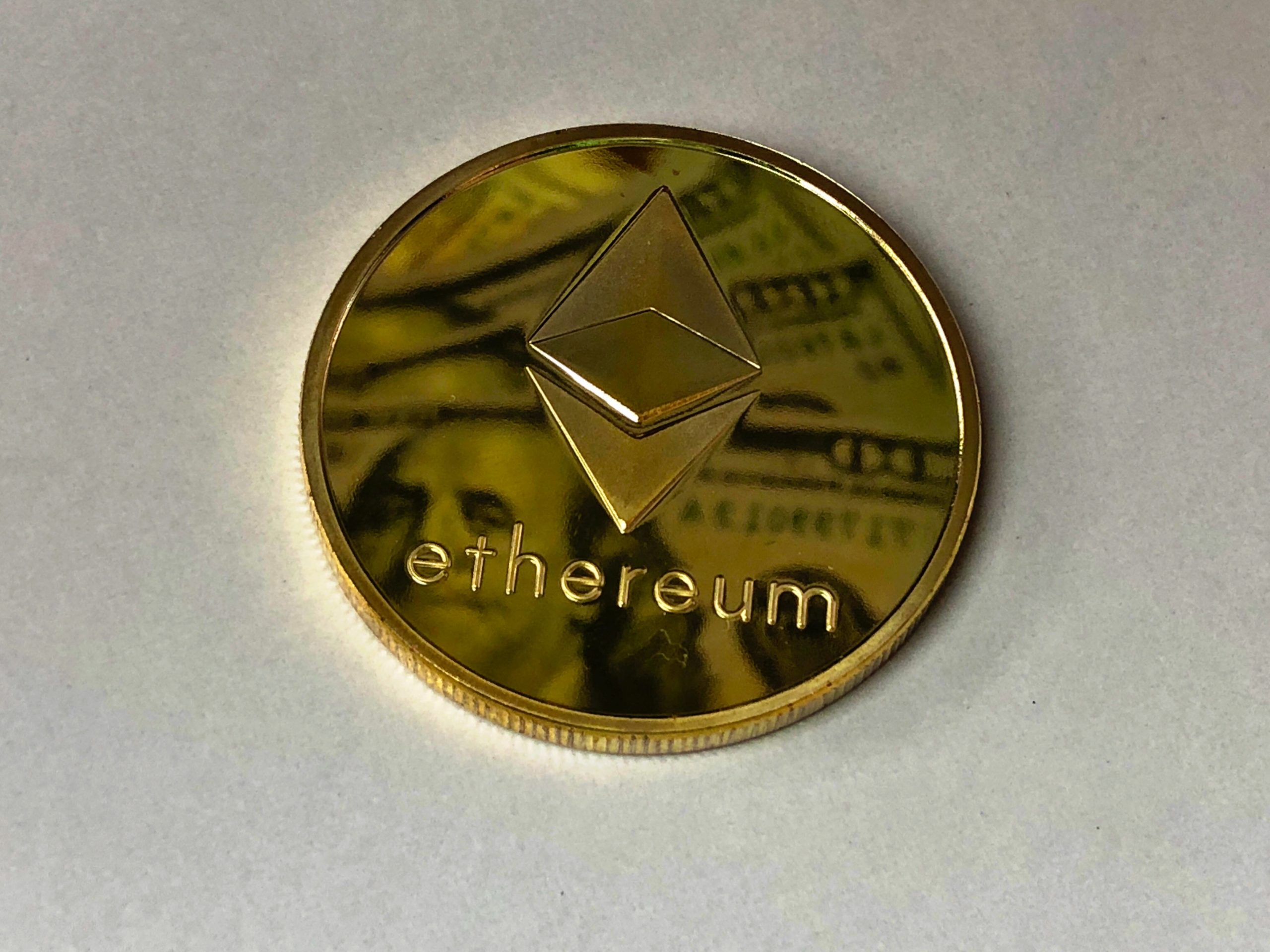The inventor of Ethereum Vitalik Buterin has come out of a self-imposed Twitter hibernation period, as he called via his personal account. On his first post of 2022, Buterin reviewed some of the ideas, proposals, and thoughts from this past decade to find if he maintains the same position as when he first talked about them.
Related Reading | TA: Ethereum is Showing Early Signs of Fresh Rally, But 100 SMA is the Key
The inventor of Ethereum listed over 10 ideas, many of which have been a source for controversy amongst the crypto community. Buterin begun his “mini-tweetstorm” with Bitcoin, a project in which he was very active during its early stage.
In 2013, Buterin published an article talking about Bitcoin’s capacity to help people suffering from inflation and central bank money policy in places like Iran and Argentina. At the time, the inventor of Ethereum said that the cryptocurrency was capable of offering respite, but due to its “internationality” and not its limited supply.
In that sense, he predicted the rise of stablecoins and assets with less volatility than Bitcoin in such places. Now, he said:
I actually went to Argentina! My verdict: generally correct. Cryptocurrency adoption is high but stablecoin adoption is really high too; lots of businesses operate in USDT. Though of course, if USD itself starts showing more problems this could change.
Moreover, Buterin revisited his position on regulation. Around the same time as when he published his article on Bitcoin’s supply, he wrote about this cryptocurrency’s potential to “resist governments” and circumvent regulations.
Now, Buterin believes the crypto industry must use a combination of technological robustness, public legitimacy, and decentralization in other to “thrive”. The alternative, a fully hostile environment, could stagnate Bitcoin and any other cryptocurrency.
Conversely, the inventor of Ethereum admitted that in 2015 his estimation from when this cryptocurrency was going to be able to migrate to a Proof-of-Stake (PoS) were wronged. At that time, Buterin expected Ethereum to transition in 6 month or 1 year.
The migration ended up taking much longer with the deployment of the Beacon Chain, the PoS blockchain that will support Eth 2.0, taking place in 2020. Buterin said:
My projections from 2015 of when we will get PoS and sharding. Honestly, these were very wrong and worth laughing at (…)
How Ethereum And Its Developers Have Evolved In A Decade
In that sense, Buterin admitted that he underestimated the “complexity of software development” as he classified his 2014 ideas as “too complex”. He added:
Today the Ethereum research team values simplicity much more – both simplicity of the final design *and* simplicity of the path to getting there. More appreciation of pragmatic compromises.
In the same tone as the rest of his Twitter thread, where Buterin showed transparency and the capacity to admit mistakes, he addressed the congestion and high transaction fees that have affected the Ethereum blockchain. In 2017, Buterin famously said that “the internet of money” needs to be able to process cheap transactions.
Buterin claims this remains one of the goals for this blockchain. Therefore, why “we’re spending so much time working on scalability”.
Buterin also admitted he was wrong on Bitcoin Cash and called the cryptocurrency a failure. He also admitted feeling “proud” about its proposals to build Uniswap, or more specifically a decentralize exchanges on this network, and many other use cases for Ethereum which “basically predicted DeFi”.
In that sense, he summarized his experience across a decade by calling out his early “naiveness” and lack of appreciation for the challenges that come out of running large organization with complex politics and cultures.
* On tech, I was more often right on abstract ideas than on production software dev issues. Had to learn to understand the latter over time
* I have a deeper appreciation now of the need for even more simplicity than I thought we needed— vitalik.eth (@VitalikButerin) January 1, 2022
Related Reading | Bullish Signal? Ethereum Market Dominance Sitting Above 20%
As of press time, ETH trades at $3,775 with sideways movement in the past day.


